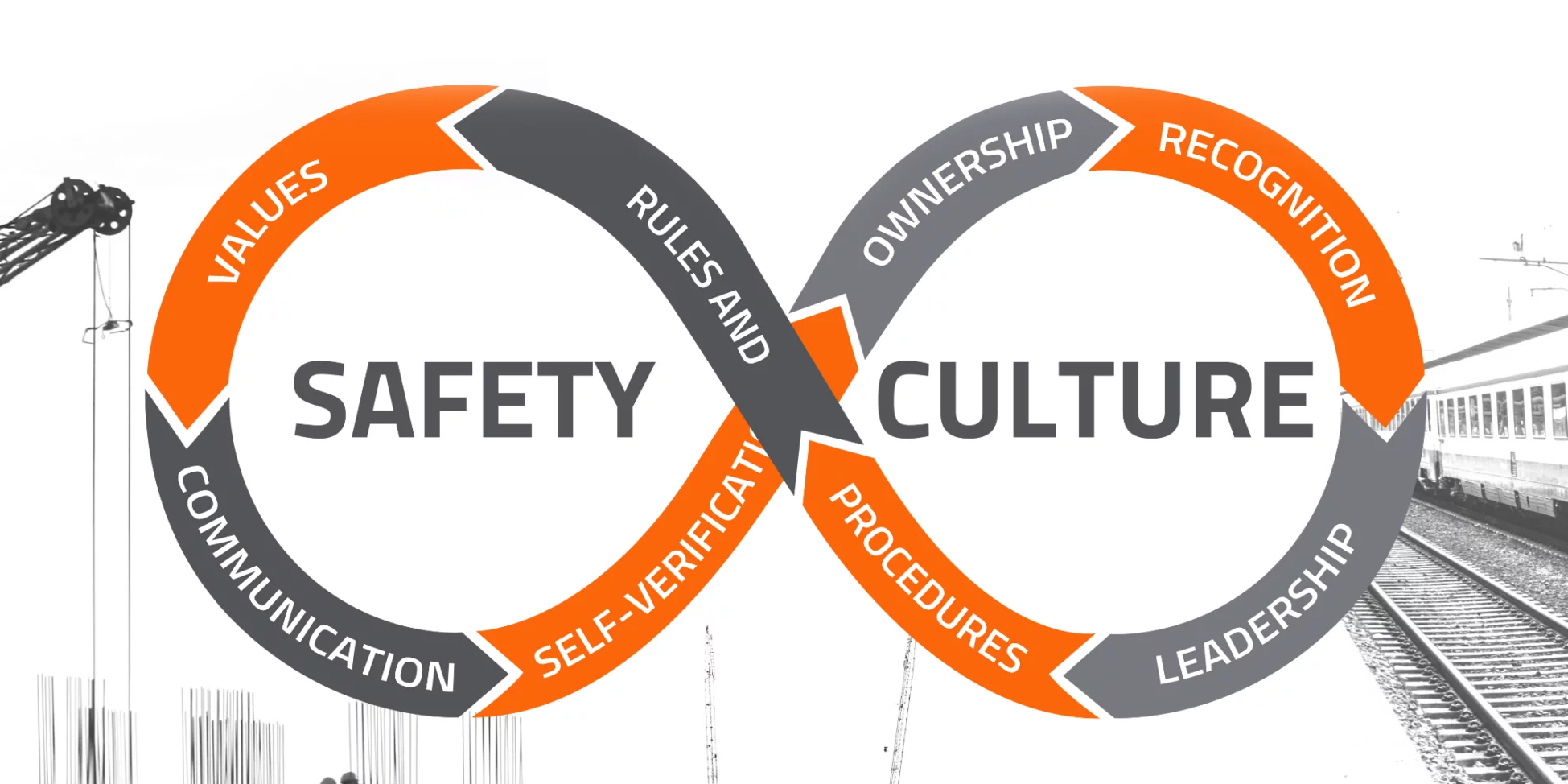Safety is an integral aspect of any organization, as work-related accidents have the potential to leave a significant impact, from life altering injuries to financial consequences and even death. In fact, 5,486 total fatal injuries were recorded in the United States in 2022, according to the U.S. Bureau of Labor Statistics, while an astounding 2,804,200 nonfatal injuries and illnesses were reported in private industry for the same year. HR leaders play an essential role in workplace safety, particularly when building a positive workplace culture surrounding the topic. With benefits that include a safer and more efficient workplace that prioritizes worker wellness, HR professionals can rely on simple yet effective strategies such as communication and routine in order to elevate workplace safety.
Communication — discovering value in the basics
Advantages of adhering to health and safety protocols include increased productivity, heightened awareness of the work environment, and a better reputation, Indeed notes. Communication has great potential in serving as the cornerstone of an effective workplace safety culture, enabling HR professionals to create a work environment where employees feel empowered to openly discuss and address safety issues with each other and with supervisors. One Medium article by Gary Peter Cox highlights the benefits of good communication, noting that when safety information is communicated effectively “employees are more likely to understand and adhere to safety protocols, reducing the risk of accidents.” In turn, Gary writes, a culture of safety is fostered, empowering employees to voice any concerns or suggestions regarding safety matters without fear of retribution.
One Forbes article identifies several ways in which HR leaders can drive effective communication with employees, noting that engagement plays a key role — particularly in the development of digital employee communities. Engagement can be fostered both digitally and in person through routine efforts, such as a quarterly ‘ask me anything’ session with different leaders. Encouraging employees to not hesitate when voicing concerns and suggestions, especially surrounding safety, can further foster an open line of communication. The article, by Cat Colella-Graham, goes on to note that employees want to know they have a voice, and by providing multiple ways of engagement, connection, results, and brand loyalty can be valuable results.
The imperative nature of routine
When it comes to common injuries, the Centers for Disease Control and Prevention (CDC) points out that 18% of the 1,176,340 nonfatal work injuries resulting in days away from work in 2020 were related to slips, trips, and falls. Furthermore, the CDC highlights three leading causes of work-related injuries treated in an emergency department were the following: contact with objects and equipment, overexertion and bodily reaction, and falls, slips and trips without a fall. For HR leaders looking to elevate the safety culture in an organization, a one-time training course is never enough. In fact, implementing routine in regard to safety training and related initiatives can go a long way in enforcing safety standards, informing employees, and opening the floor for effective communication. Implementing routine via regular safety meetings, training that includes up-to-date material, and refresher courses for the whole team can all help address safety as a whole. Many incidents can be prevented through routine training, and may even help with retention in regard to the basics — especially when considering the fact that up to 90% of job site training is forgotten within a week.
Routine in regard to safety can be implemented in additional ways as well. For instance, HR professionals play a vital role in workplace safety by staying up-to-date with legislation and regulations (including guidelines from the Occupational Safety and Health Administration (OSHA)) while checking that the organization adheres to such regulations. A LinkedIn article by Thaddeus Resource Center says it best, stating: “HR professionals are responsible for conducting regular audits, inspections, and risk assessments to identify areas of non-compliance and implement corrective measures.” Implementing employee training and education programs is another vital responsibility of HR professionals, which work to routinely refresh and equip employees with the skills and knowledge needed to prevent injuries. By making routine safety training a part of the workplace, employees can be empowered to stay up to date while taking initiative in regard to reporting and addressing safety concerns.
Minimizing challenges through effective planning
Building a safe workplace culture can sound like an easy gig, especially when a dedicated safety program is in place. However, there are challenges to be aware of. Increasing expenses, the effort that goes into new regulations compliance, additional red tape, and disgruntled employees are all challenges of building a safer workplace, according to one Weekly Safety article. While increased expenses are often associated with initiatives such as employee training, facility updates, and equipment maintenance, proactively planning ahead will enable an organization to keep safety at the forefront of operations without worrying about the overhead costs. Planning ahead will also enable an organization to get in front of issues like red tape, while taking care to introduce new procedures can further help to minimize the negative impact that can be associated with change.
Planning ahead serves great purpose in regard to topics like workers compensation insurance, from choosing the right insurance to Informing employees about important policies. This not only works to enhance the workplace culture surrounding safety by communicating benefits to employees, but helps prepare individuals in the event of a workplace accident. Workers compensation is compulsory for most employers, and provides help with medical expenses, rehabilitation costs and loss of earnings in the event that an employee becomes injured or sick in the course of their work. As a result, this helps those who are injured to recover and return to work while minimizing the financial impact of workplace injuries. For HR professionals looking to explore insurance options, it’s imperative to consider elements such as coverage in addition to state requirements. By choosing the right option, leaders can rest assured that employees are well covered in the event of a workplace incident.
Reducing workplace injuries and safety incidents can seem like a daunting endeavor for HR leaders. However, by taking the time to invest in simple yet key strategies — such as communication, routine, and careful planning — HR professionals can foster a workplace environment that positively embraces safety protocol while starting a conversation surrounding the issue.





